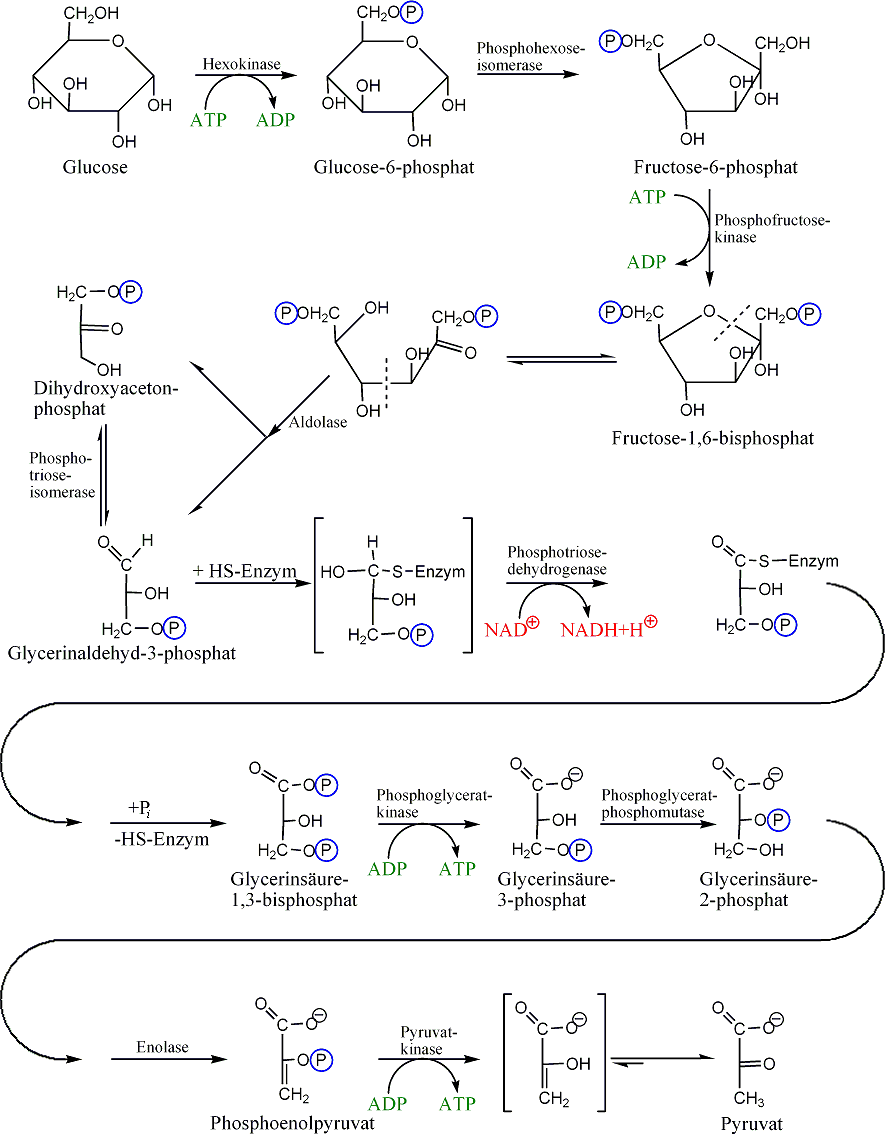-
 Birds Directive
Birds Directive
-
 Asian black bear
Asian black bear
-
 Lake Titicaca
Lake Titicaca
-
 Extinction
Extinction
-
 Cyst
Cyst
-
 Quadruple play
Quadruple play
-
 VOD
VOD
-
 Hamiltonian
Hamiltonian
-
 Invasive species
Invasive species
-
 Grid computing
Grid computing
-
 Perineum
Perineum
-
 Traditional medicine
Traditional medicine
-
 Pancreas
Pancreas
-
 Ruderal
Ruderal
-
 Range
Range
-
 Medical team
Medical team
-
 Citric acid cycle
Citric acid cycle
-
 Amylopectin
Amylopectin
-
 Tetrapod
Tetrapod
-
 Transalaska
Transalaska
-
 MPLS
MPLS
-
 Electrode
Electrode
-
 Plague
Plague
-
 MNHN
MNHN
-
 Stockholm Convention
Stockholm Convention
-
 Periodontitis
Periodontitis
-
 SSH
SSH
-
 Great Red Spot
Great Red Spot
-
 Disseminated
Disseminated
-
 Juvenile
Juvenile
Glycolysis
Glycolysis is a pathway which converts glucose into energy
Role of glycolysis
Glycolysis is an energy-releasing process which takes place in the cytoplasm of all cells, during which glucose is degraded to provide energy. The initial stages require input of two molecules of ATP although the subsequent stages produce four.
Stages of glycolysis
Glucose undergoes many changes due to specific enzymes. It is in turn through the many stages converted into:
- D-Glucose-6-phosphate ;
- β-D-Fructose-6-phosphate ;
- β-D-Fructose-1,6-diphosphate ;
- Dihydroxyacetone phosphate ;
- D-glyceraldehyde-3-phosphate ;
- D-glyceraldehyde-3-phosphate ;
- 1,3-diphospho-D-glycerate ;
- 3-phospho-D-glycerate ;
- 2-phospho-D-glycerate ;
- Phosphoenolpyruvate ;
- Pyruvate ;
- Acetyl-CoA .
Yield of glycolysis
The many stages of glycolysis produce a positive energy yield leading in total to the production of two molecules of ATP per molecule of glucose used. Overall:
- 1 mole of glucose ;
- 2 moles of oxidised coenzymes ;
- 2 moles of ADP ;
- and 2 moles of Pi (inorganic phosphate) are used.
And:
- 2 moles of pyruvate ;
- 2 moles of reduced coenzymes ;
- 2 moles of ATP ;
- and 2 moles of water are produced.
Continuation of glycolysis
The pyruvate obtained can then be transferred into the mitochondrium where it follows the Krebs cycle. Depending on whether oxygen is present or absent in the medium gives respectively acetyl-CoA and carbon dioxide or lactate.
 Glycolysis is a complex catabolic pathway. © Morglin, Wikimedia, public domain
Glycolysis is a complex catabolic pathway. © Morglin, Wikimedia, public domain
Latest
Fill out my online form.



